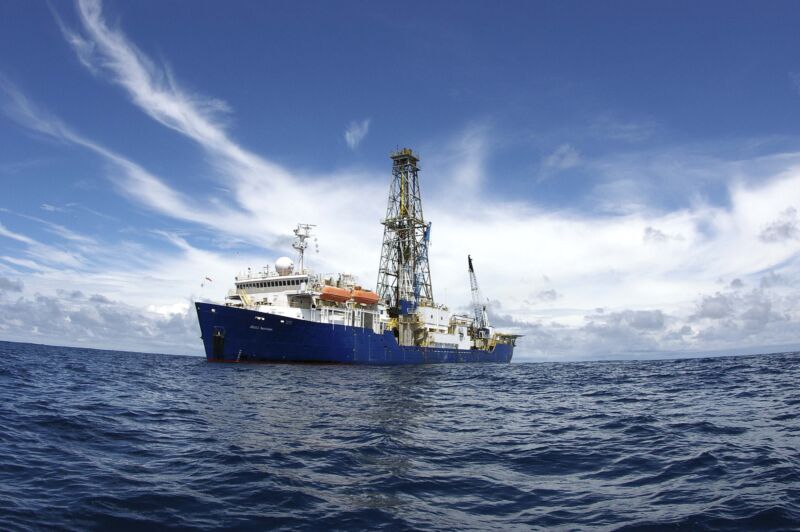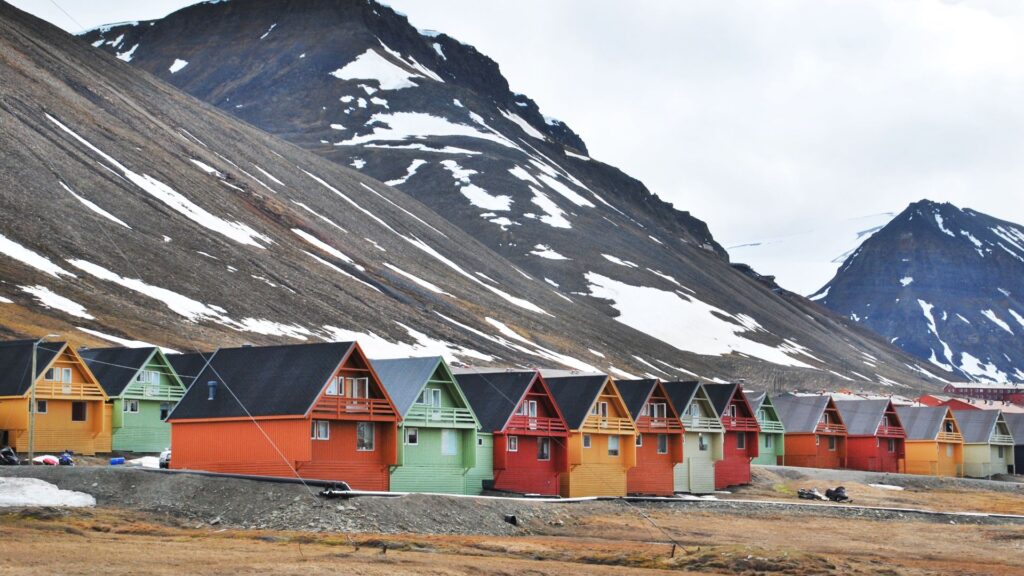-
chevron_right
Scientists call for greater study of glacier geoengineering options
news.movim.eu / TheGuardian · 3 days ago - 05:00
Report says serious research needed into risks and benefits as melting could cause devastating sea level rise
We need to seriously consider geoengineering projects to save our glaciers or face catastrophic sea level rise, scientists say in a report .
Antarctica and Greenland’s ice sheets are melting fast and even if we manage to reduce carbon emissions and limit global heating to 2C, it is not clear if that will be enough to prevent ice sheet collapse. But geoengineering glaciers may be a way to buy us vital time, the authors of the report argue.
Continue reading...






